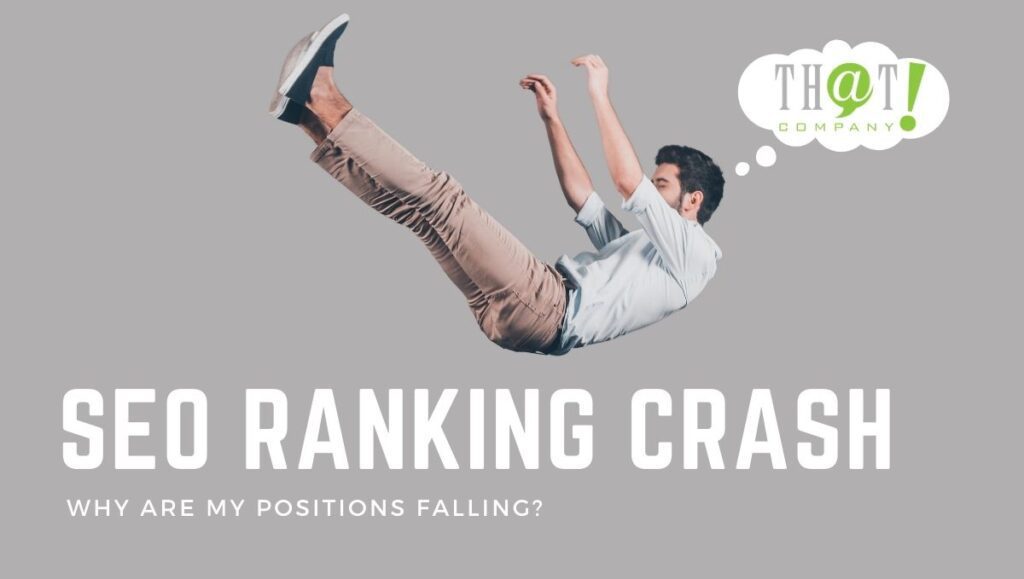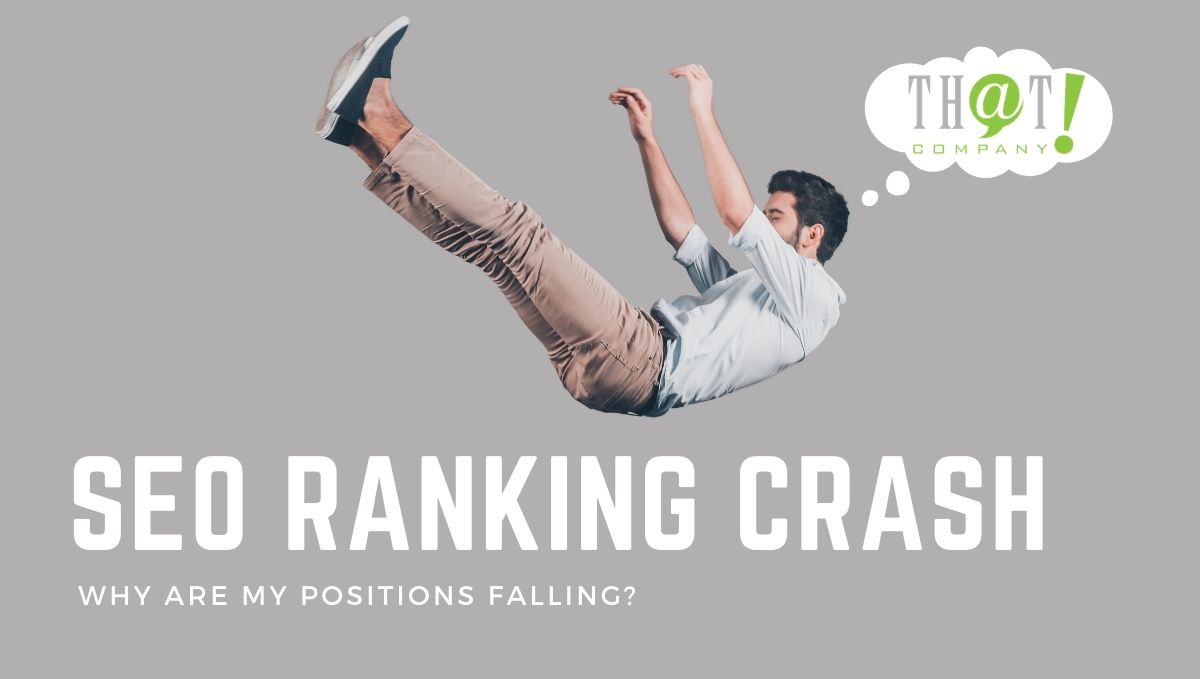
Imagine this: you’ve worked on a website for countless hours making sure all of your components are functional and your site is filled with quality content. Your site is live and is ranking well, maybe even climbing higher through the pages as you continue to develop and add things to your site. Everything looks great until you wake up one day to find your website is experiencing an SEO ranking crash. Why is this happening and what can you do to solve this problem? Below are some steps from digital marketing experts that can be used to help in the case of an SEO ranking crash.
First Steps to Surviving an SEO Ranking Crash
The very first step in solving an SEO ranking crash is to alert your team. Anyone responsible for web development and white label SEO efforts should be notified immediately. The more eyes and brains on the project, the quicker the problem can be identified and the solution found. You’d rather have an army on your side for the tug of war, so gather your troops to pull your site back.
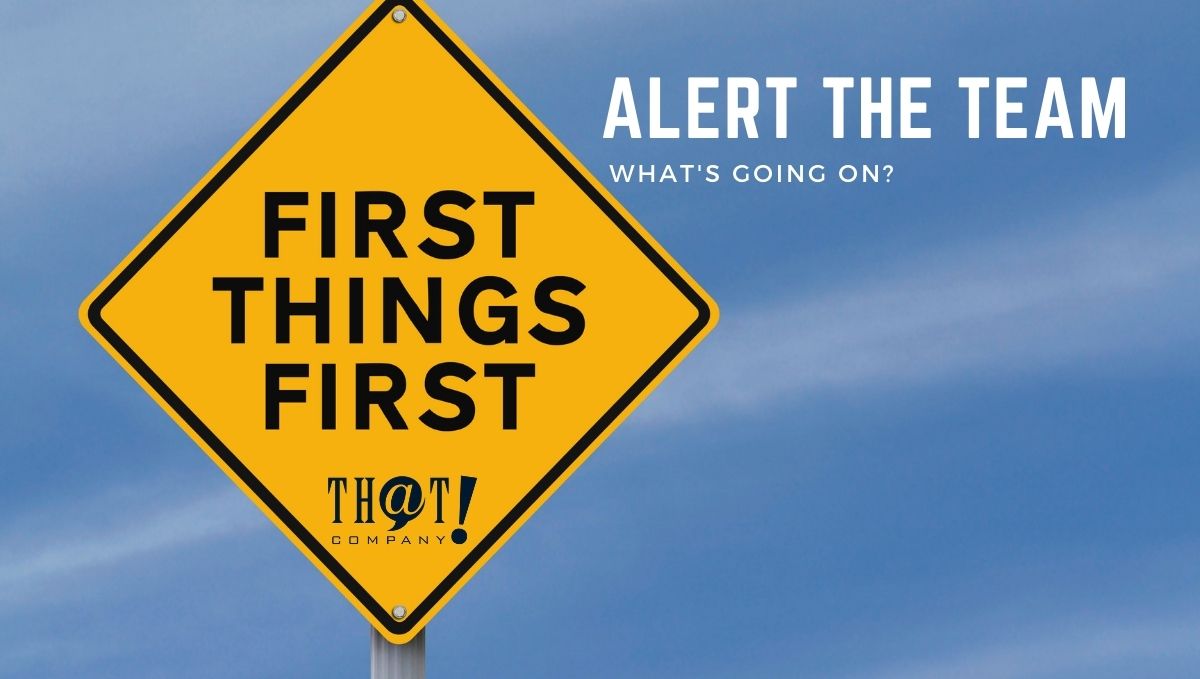
Now that you have your team, do you have a website? Check to see if your site is down. If your website is having a hosting issue or any other problem associated with having the website viewable, your rankings will suffer. Google can’t do anything with a website that isn’t there, so make sure your website is up and running. Using a site search operator for your website will target just your site and give back targeted search engine results. To use a site search operator, input site: and then your website’s name in the search engine. For example, site:myawesomesite.com. Most search engines support the same search operators, and this filtered result will show you what pages on your site can be seen.
Similar to having your website down, make sure your website is properly indexed. If your website is up and running, but you’re still experiencing an SEO ranking crash, then the issue could lie in the site’s indexability. Google needs to know what your site is about and its blueprint to direct users searching for related content. Without proper indexability, an SEO ranking crash could be the result. To make sure your site is properly indexed, you should have a sitemap and a robots.txt file to help layout and inform search engine crawlers about your site. Also, make sure the pages you want to rank for don’t have a no-index meta tag, as this will prevent google crawl bots from indexing those pages.
[bctt tweet=”Understanding how to locate the issues and knowing how to stop them can be the difference between saving yourself and having to start over.” username=”ThatCompanycom”]Start a Website Audit
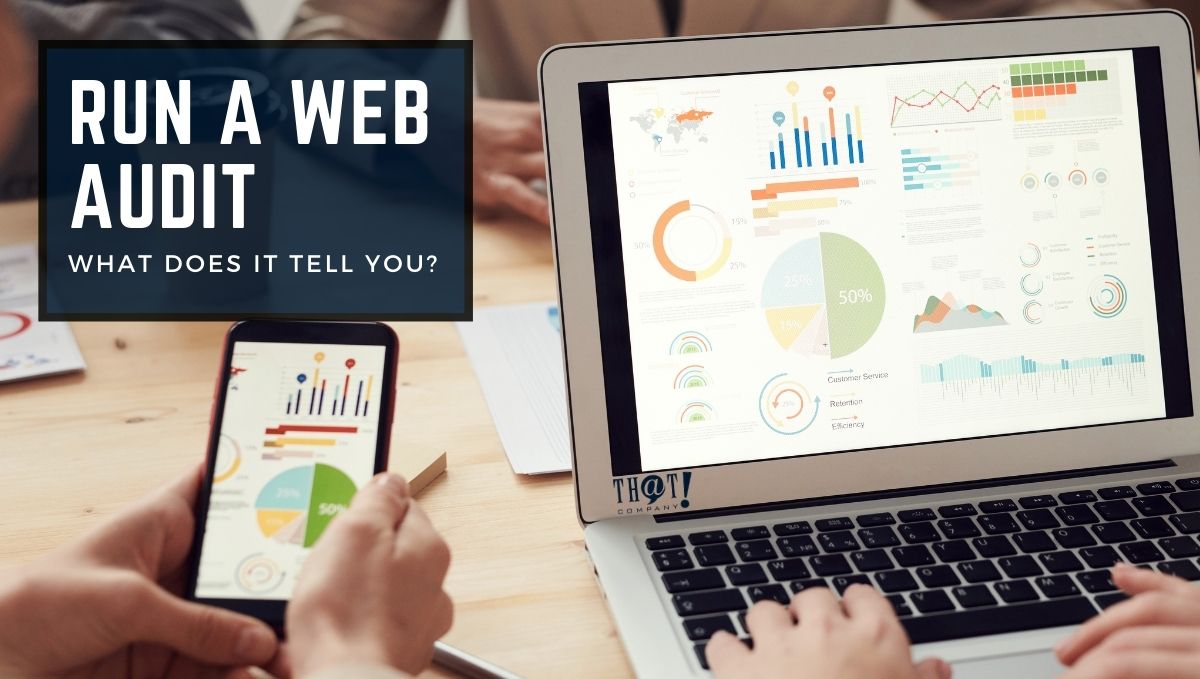
You have your team alerted and you’ve checked to see if your site was up and crawlable. Everything checks out, but you’re still experiencing an SEO ranking crash. Time to dig into some analytics. Running analytic programs, such as client portal’s site-auditor or screaming frog, can tell you more in-depth information about your website. Running one of these programs or any others that provide similar information is a great place to look for site-breaking errors. Start with any critical errors your site may have such as 4xx errors, broken internal or external links, broken internal images, duplicate tags, missing tags, etc. Perhaps your website is new or very large and is constantly going through changes and updates. Sometimes small naming or syntax errors when working on the site can create critical errors from an SEO standpoint. Any updates to your site’s plugins, themes, and templates could contribute to errors as well.
Another important web-based analytic to consider that could be causing an SEO ranking crash is your page load speed. How fast do your images take to load? When can a user interact with the elements on the page? Are items and styles shifting on your site as custom CSS comes into play? No one wants to open a page and wait longer than a few seconds to navigate and use a site. For Google, page speed is a direct ranking factor and a key point to consider when searching for areas of your site that could be affecting SEO rankings. Site optimization is essential, so lowering load times and paying attention to your site’s speed is important when dealing with an SEO ranking crash. PageSpeed Insights will give you a breakdown of how long different elements take to load on any site you search.
Website Health
Most people know not to drink the contents of a bottle marked with X’s or have a skull and crossbones on the label, right? Being aware of toxic content is also very relevant to SEO, specifically when it comes to linking. Linking is important, both internally and externally, to those performing Linking is important, both internally and externally, for a white label marketing agency. Internally, you need it to connect and juice up all of your pages, keywords, and content to better rank for what you are about. Externally it’s also important for building trust and authority with search engines and ultimately users. Most people wouldn’t want to walk down a sketchy ally to an unknown location but would prefer a well-lit sidewalk down labeled and trusted pathways. Links are no different. Disavowing toxic linking from spam or other untrustworthy sites will improve the authority and overall SEO of your website.
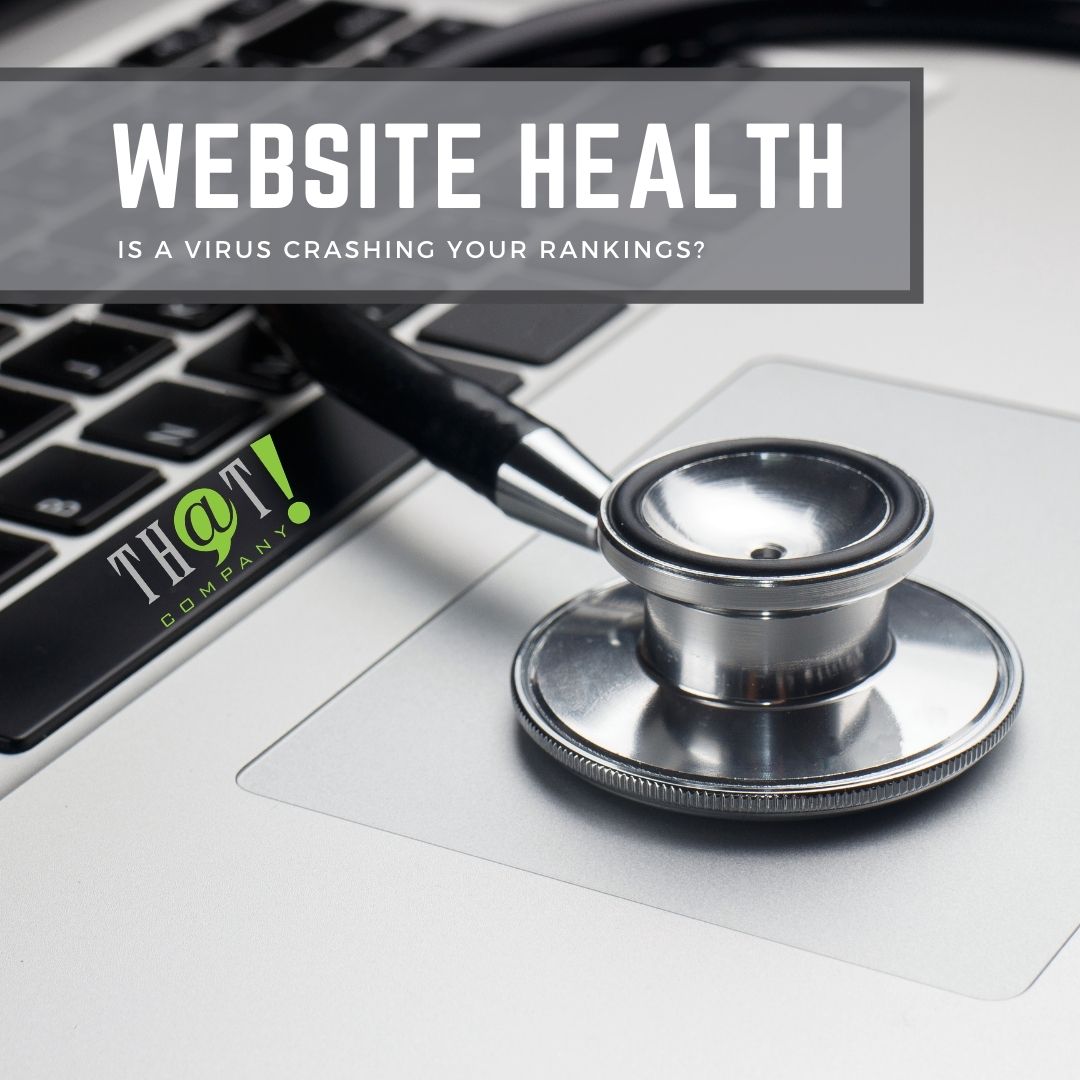
Another potential factor contributing to an SEO ranking crash could be the presence of malware. If simple updates to plugins could plummet your rankings, imagine what malware could do. Running a security scan is a great idea when assessing the state of your website. Use a site such as Securi Scan to check URLs for any malicious content. Whether it was an accident or an attack, removing the issue and restoring the health of your site is a key element in resolving an SEO ranking crash.
SEO Ranking Crash Summary
SEO rankings fluctuate daily. The competitive nature of keywords and understanding the way of the search engine beast all play a role in rankings. Recognizing the difference between crashing and an organic decay of rankings is important in determining what steps to take. An SEO ranking crash would result from one or more critical, site breaking errors. If you went from page 1 to page 2, you may just need a tweak here or there. If you go from page 1 to page 100, then it may be time to rally the team. The hardest part about an SEO ranking crash is identifying the issue or issues that are causing such a drastic change to your positions. Understanding how to locate the issues and knowing how to stop them can be the difference between saving yourself and having to start over. Diving deeper into these steps and tools is crucial in devising an action plan that will work for your specific situation.

